The Warehouse Group (TWG) is one of the largest retailing groups in New Zealand consisting of multiple retail brands: The Warehouse, Warehouse Stationery, Noel Leeming, Torpedo7 and others. We were rolling out additional delivery options to our online and in-store customers, so they can choose to get their product when 'they' want to.
As the Experience Lead on this project, I worked with the business stakeholders to broaden the vision and extend the goal towards improving the e2e service of delivering products. By bringing in customer needs and design thinking techniques to the core of this project, I was able to coach and shift the business mindset to build a customer focussed strategy. Some of the highlights included –
While we had a good understanding of the customer journey, we didn’t have a view of staff journeys which is a crucial part of delivery service. We started our discovery with interviewing staff members (store, fulfilment, contact centre and delivery team members) to understand current journeys, pain points, systems & processes they use, across all brands and both in-store and online channels.
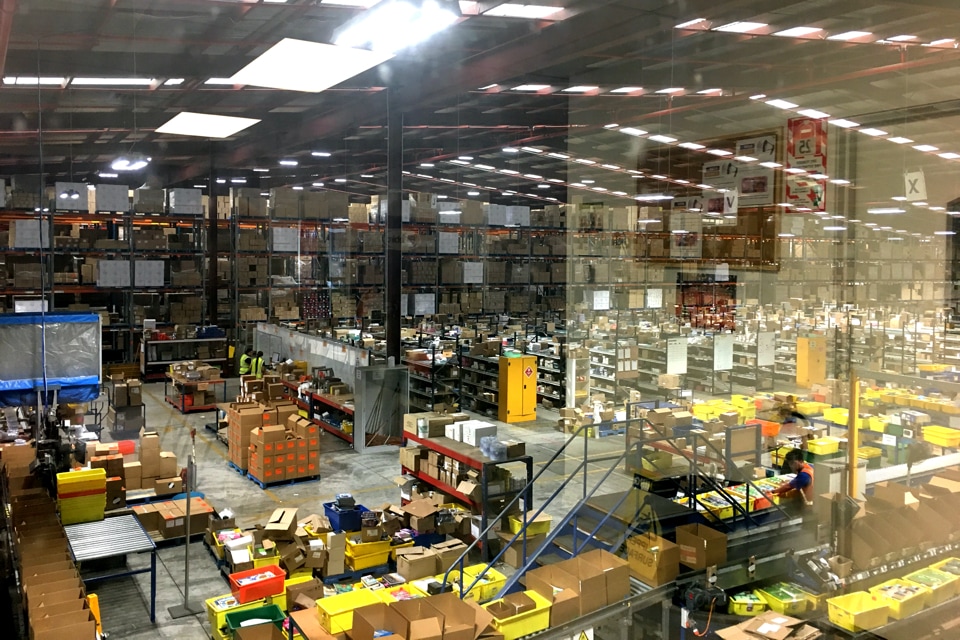
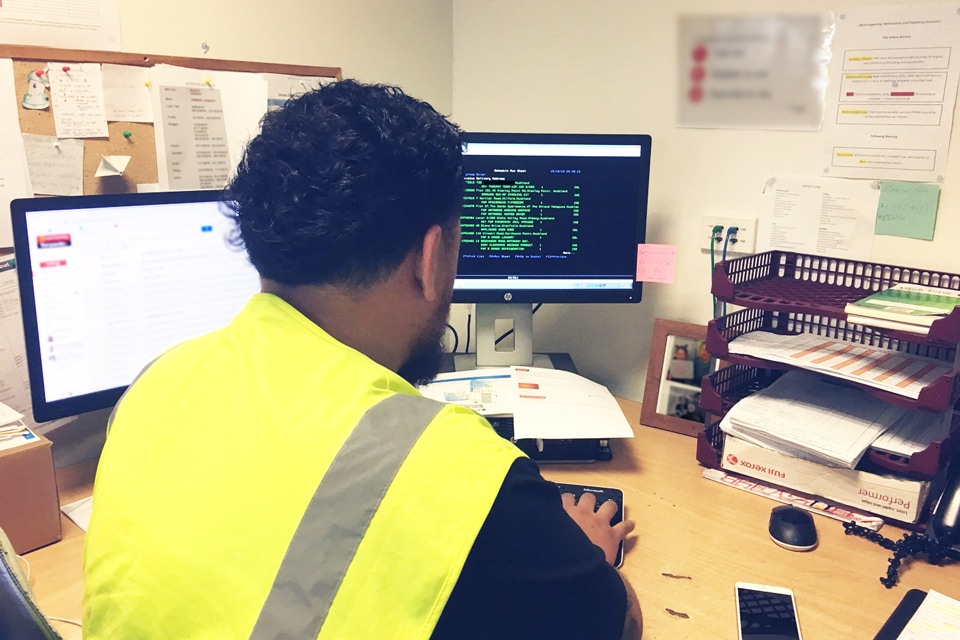
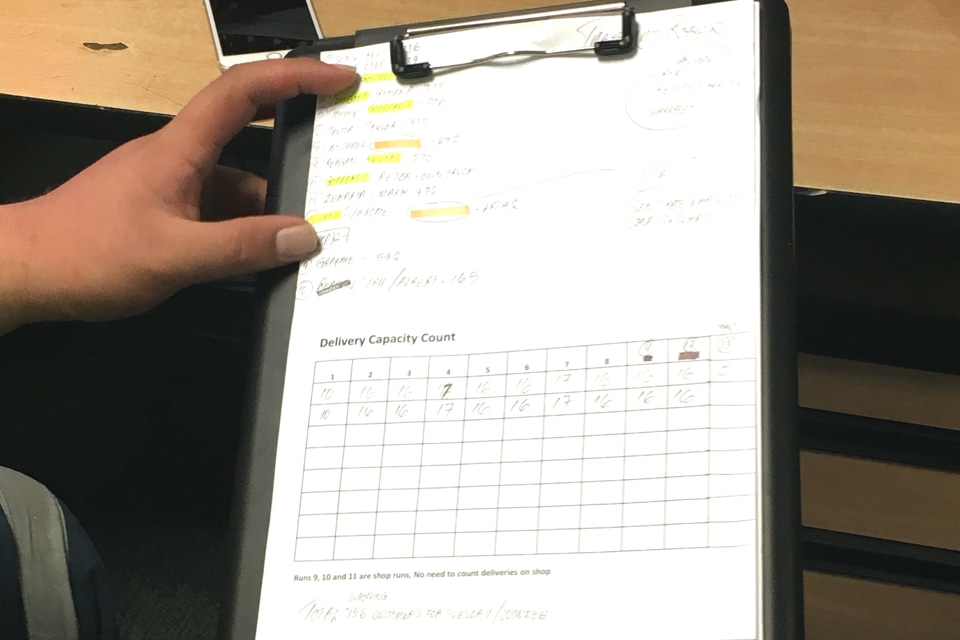
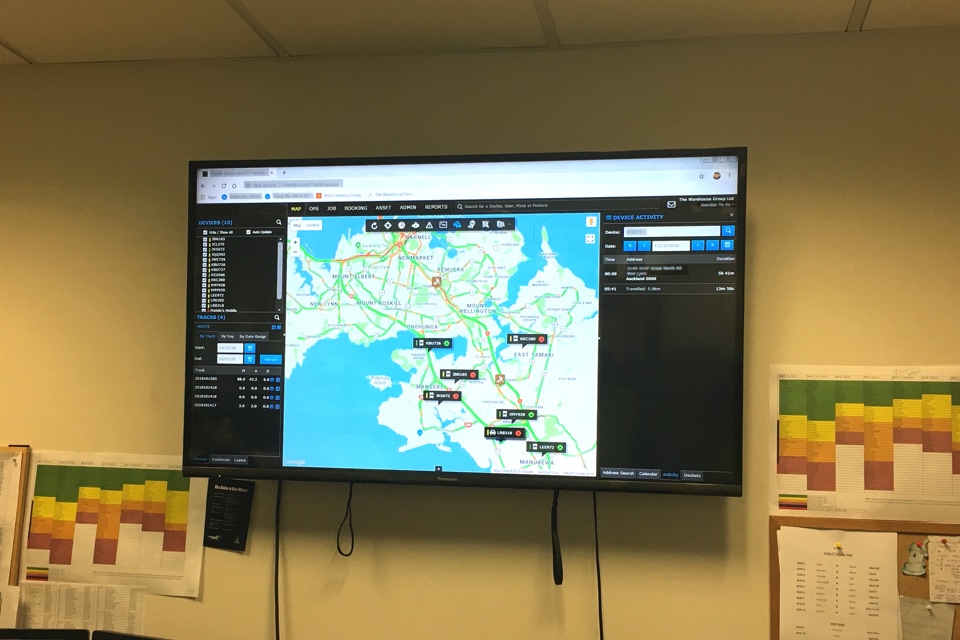
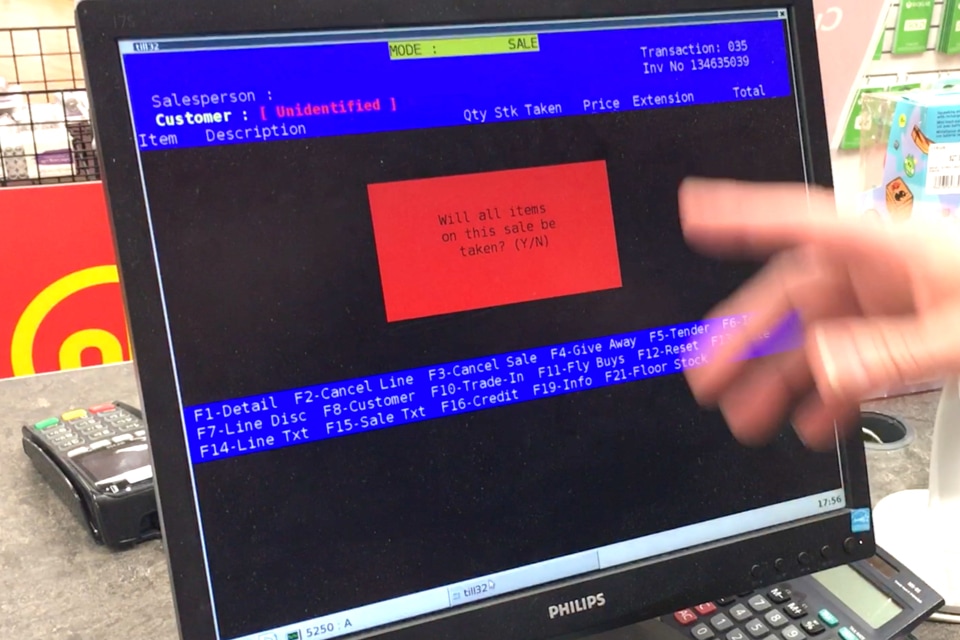
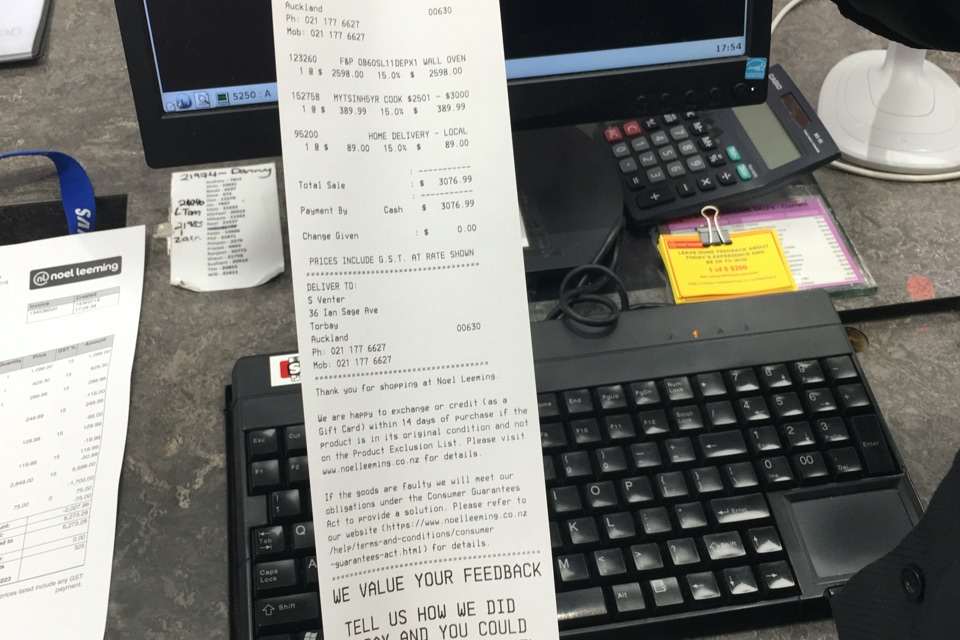

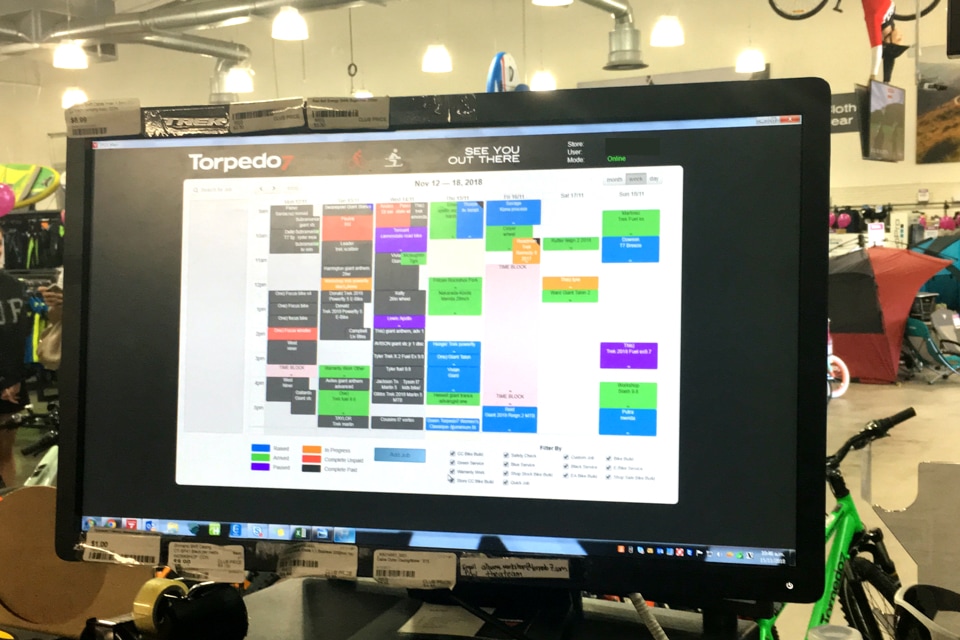
The interviews with the staff members, together with existing customer research, helped in mapping the current state service blueprint. We’re able to get a detailed view of the entire journey – pre-purchase, purchase and post-purchase, across all channels and touchpoints. Based on all the pain points and opportunities identified from that, we created the ideal user flow for our customers.
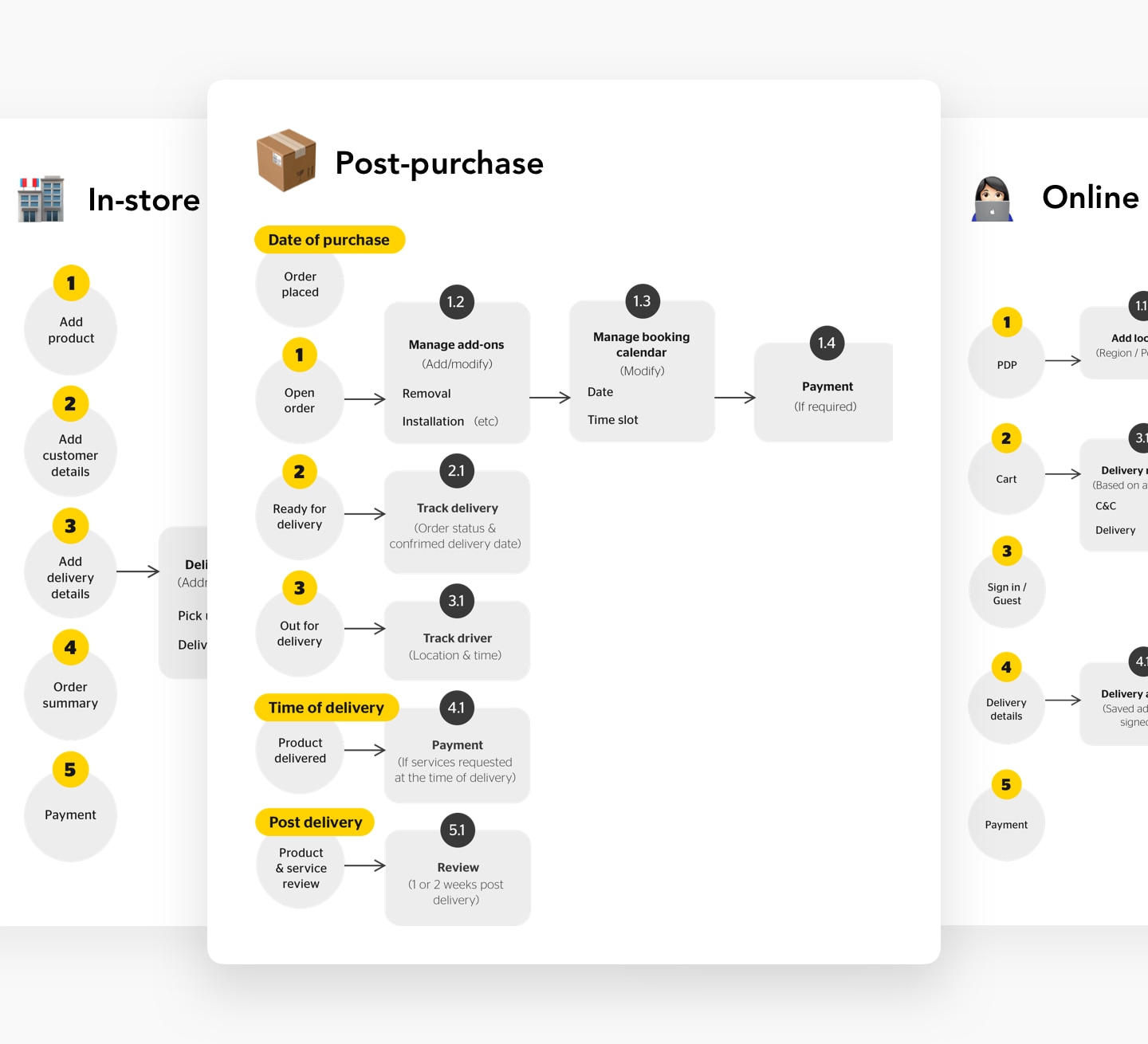
To gather early feedback on the proposed future flow, we tested two low-fidelity concepts. We interviewed customers, taking them through a wireframe prototype of the online journey. Similarly, we talked to store team members on the in-store journey and point-of-sale wireframe prototype. The customer feedback was invaluable in making business reconsider the structure of the new delivery offerings.
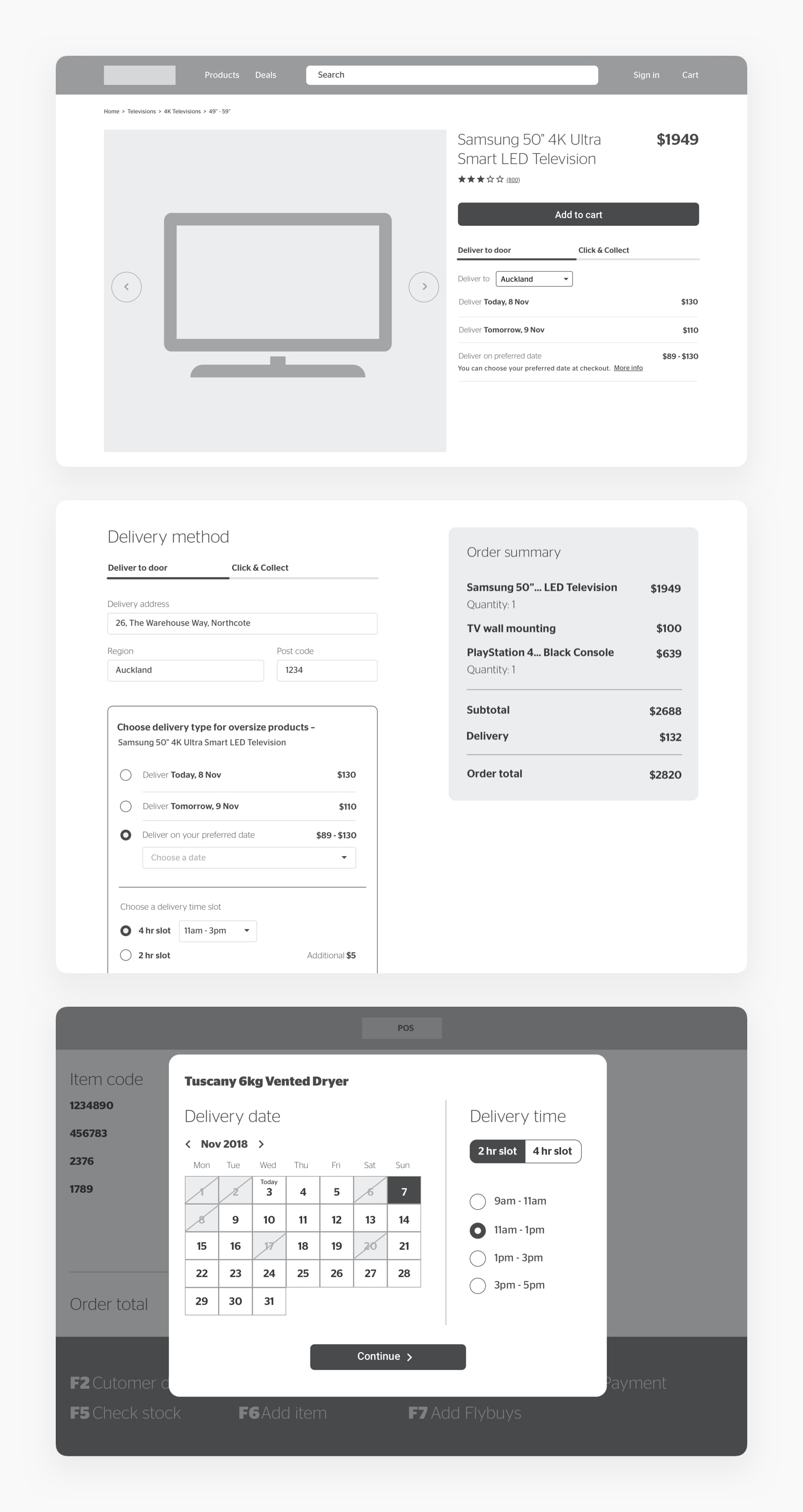
The user flows and concept test findings formed the starting point to detail out the vision. To ensure we had inputs from the subject matter experts on all the parts of the customer and staff journey, I conducted a workshop with a cross-functional team. Together with members from the fulfilment, logistics, contact centre and store team, along with the business and technology stakeholders, we drafted a future-state service blueprint of delivery service. As we moved forward in the project, we kept iterating and refining that draft.
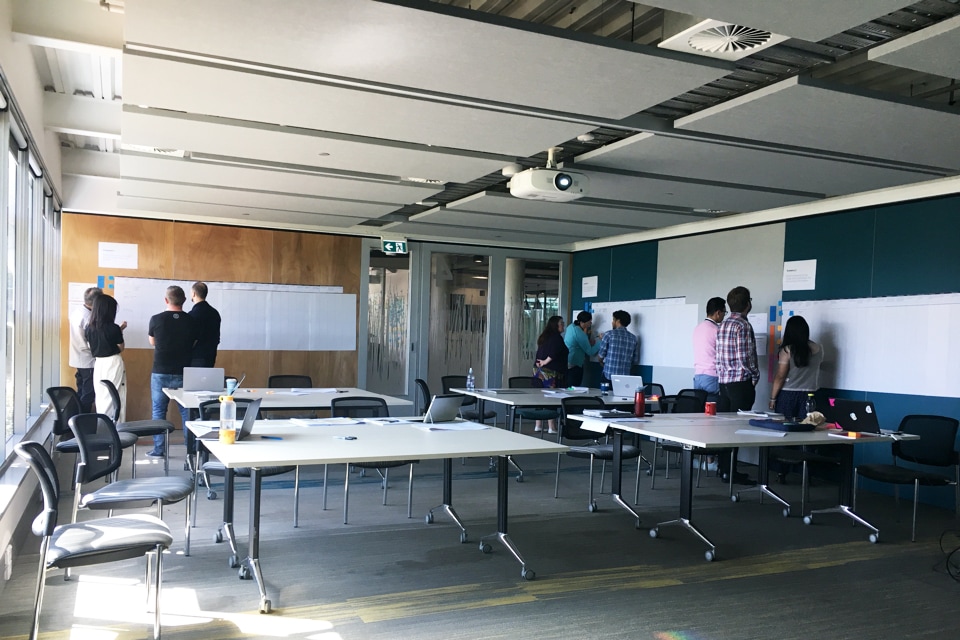
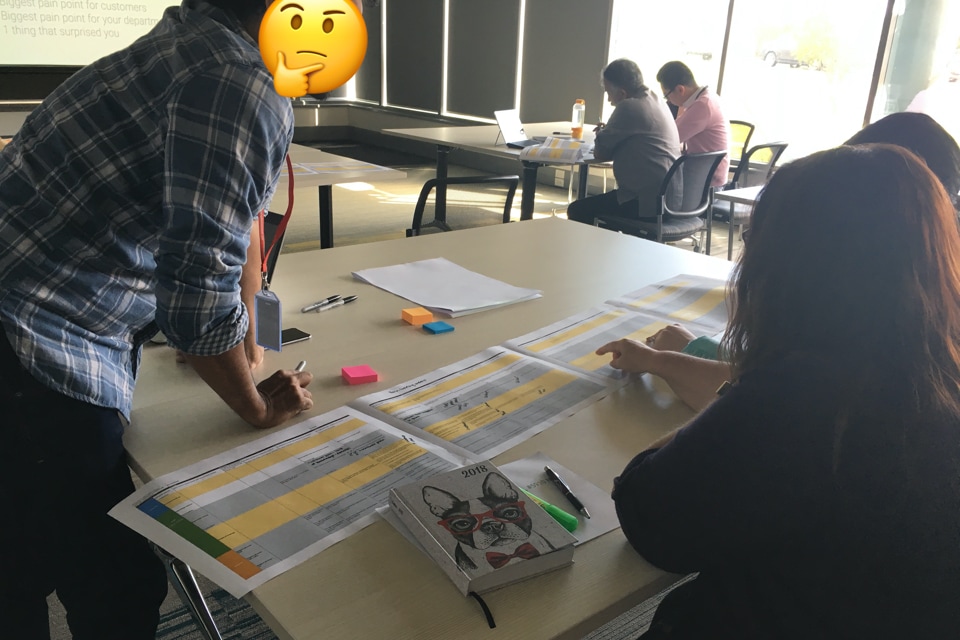
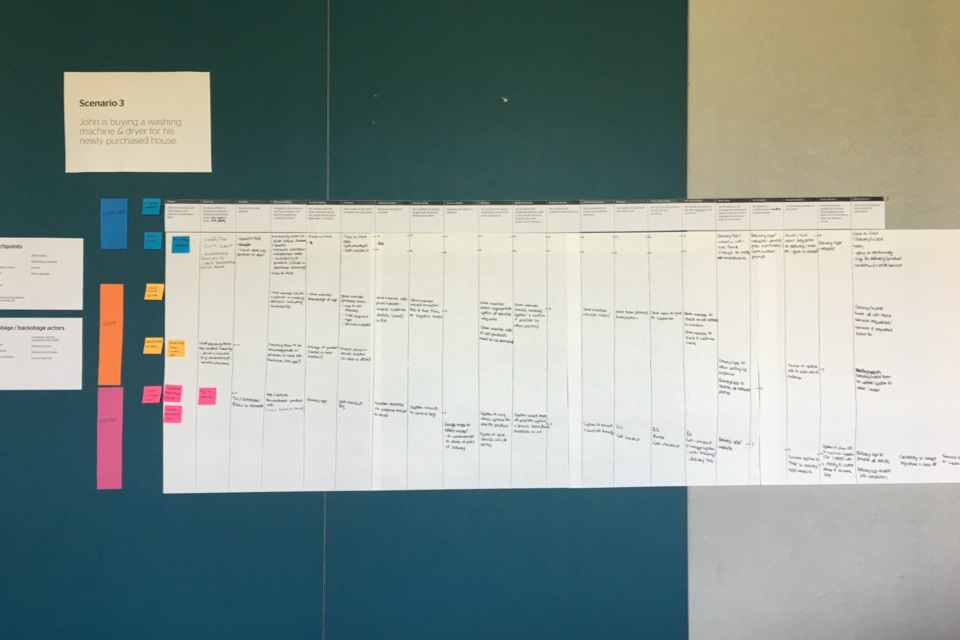
While working on this project, I created a slightly customised TWG service blueprint framework which was later used across other omnichannel projects too. It proved to be a valuable tool to collaborate and coach other team members to think about the e2e journeys. The blueprint also helped aid the discussion about various systems involved and the system architecture.
Service blueprints are a great way to dive into the details of an omnichannel experience. However, most times, communicating the vision in a simpler form helps in bringing the stakeholders and wider team on the experience design journey. With that goal, I collaborated with another designer to translate the vision into an easy to share storyboard.
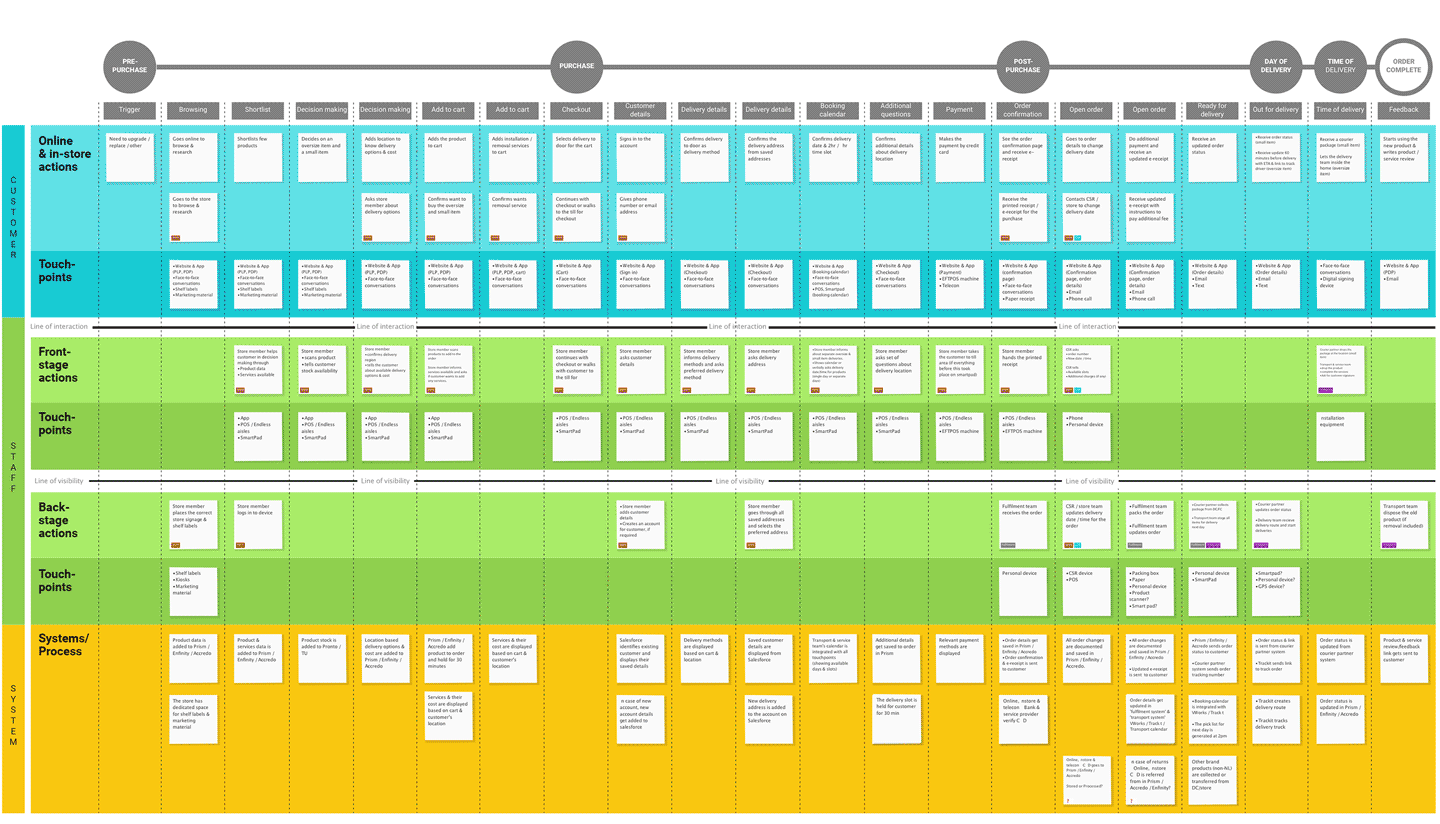

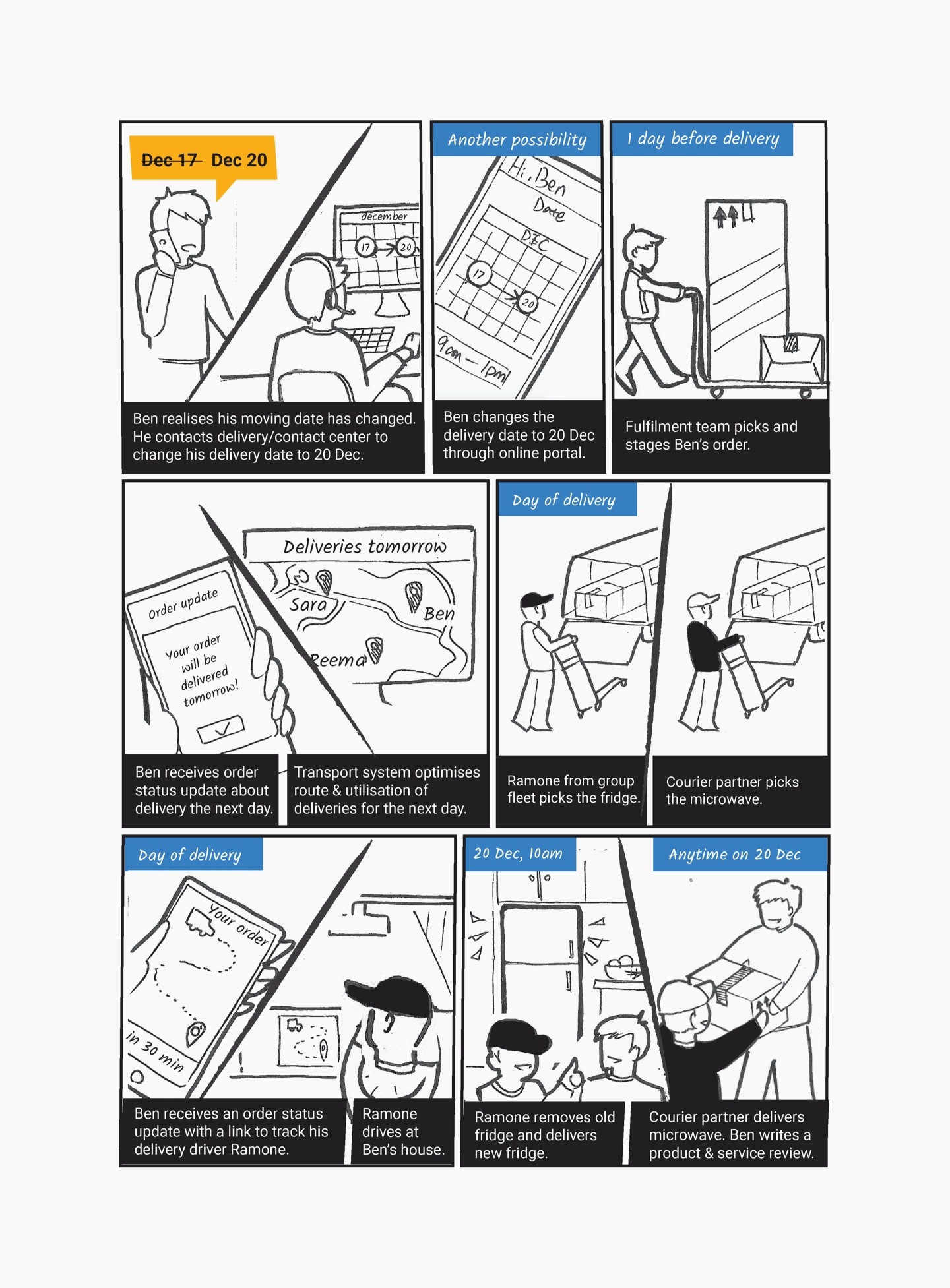
While testing the actual digital touchpoints across both channels was incredibly insightful, testing the actual e2e delivery process was going to be crucial in identifying various scenarios in the journey. With this goal, we conducted a bodystorming workshop with the fulfilment and logistics team. Enacting the entire journey helped discover and identify possible gaps in the service, which were not visible in the blueprint.
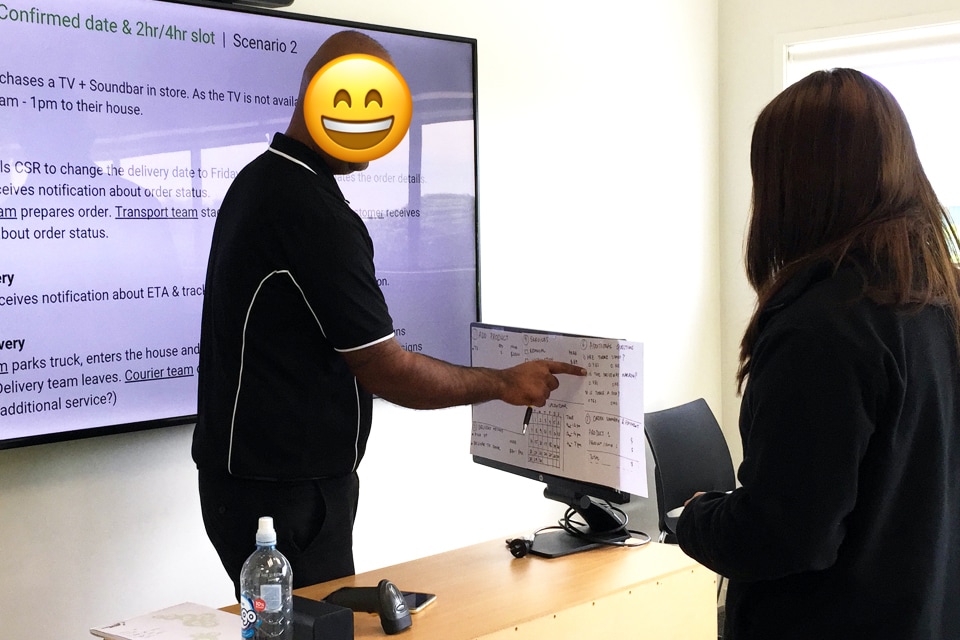
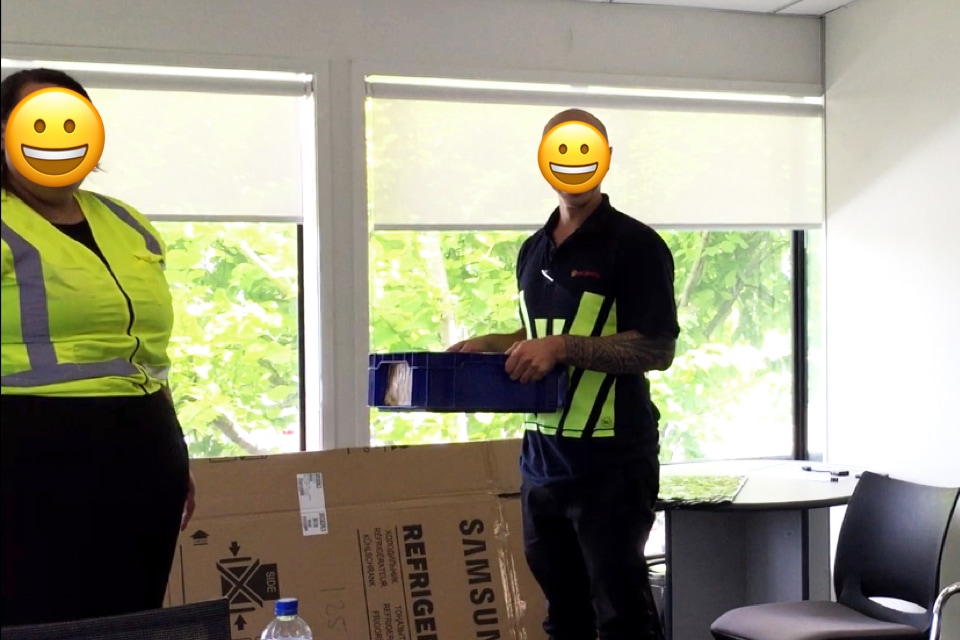
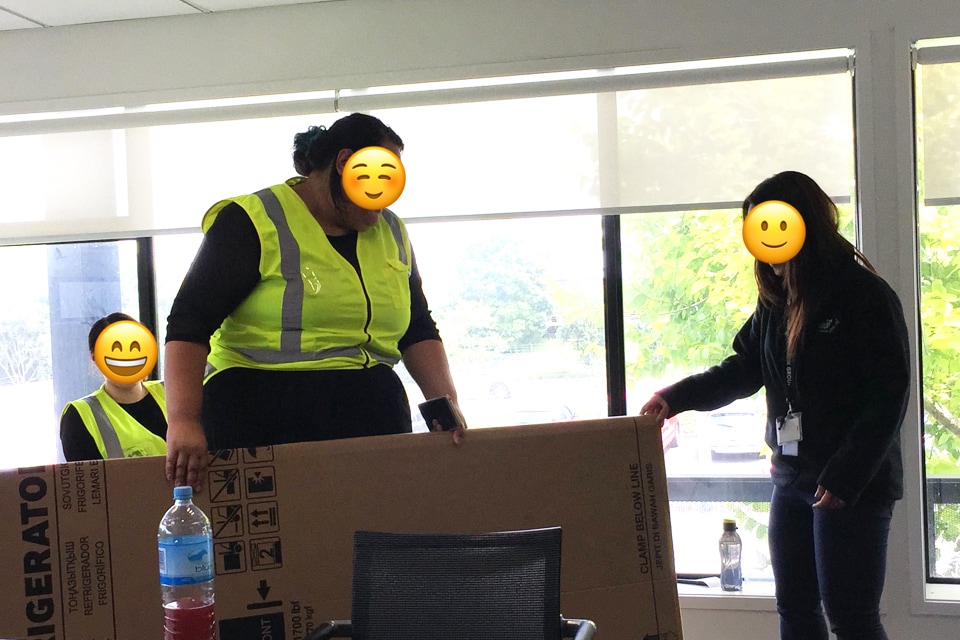
To put all the insights we gathered into use, I conducted a 3-day design sprint with designers and product team members to sketch, prototype and test the online solution. Based on the design sprint outcome, we did another round of testing on high fidelity wireframes to arrive at a refined solution.
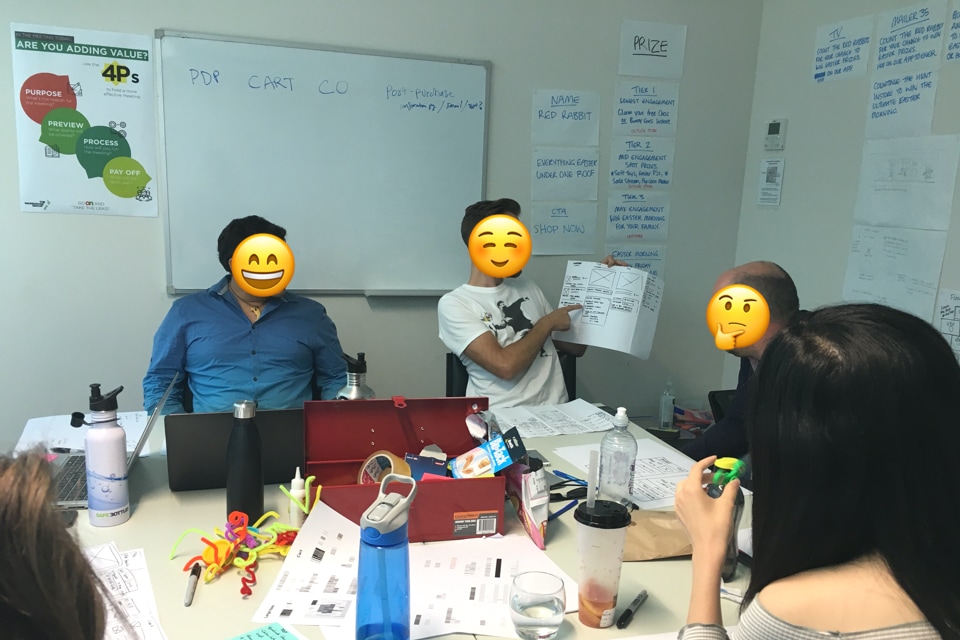
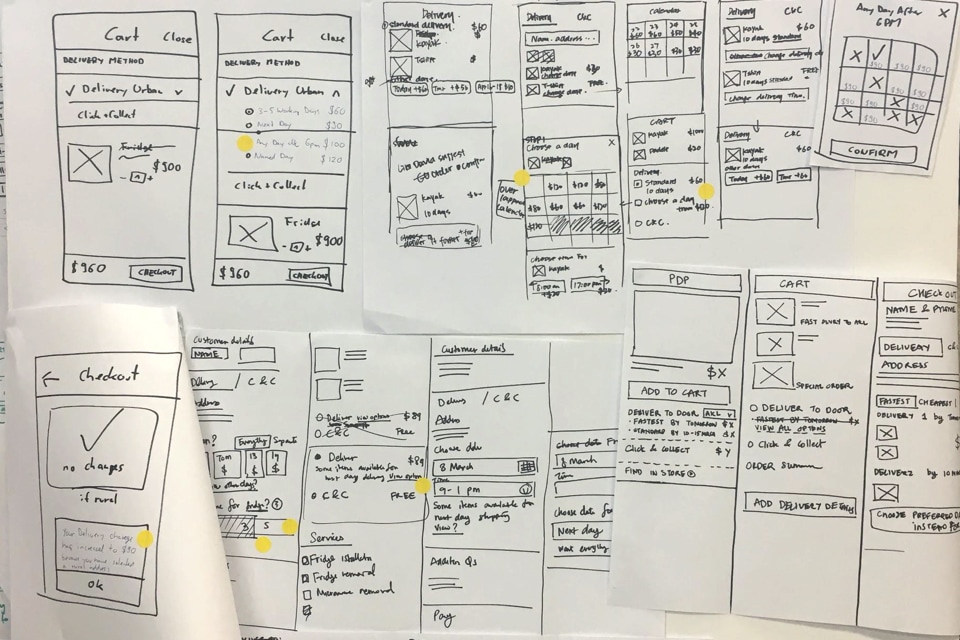
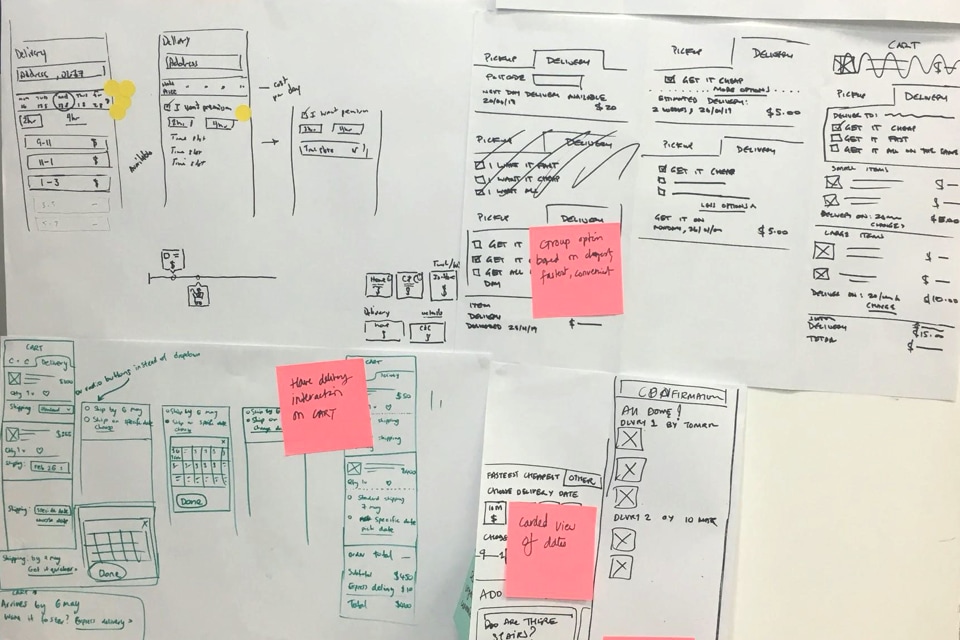
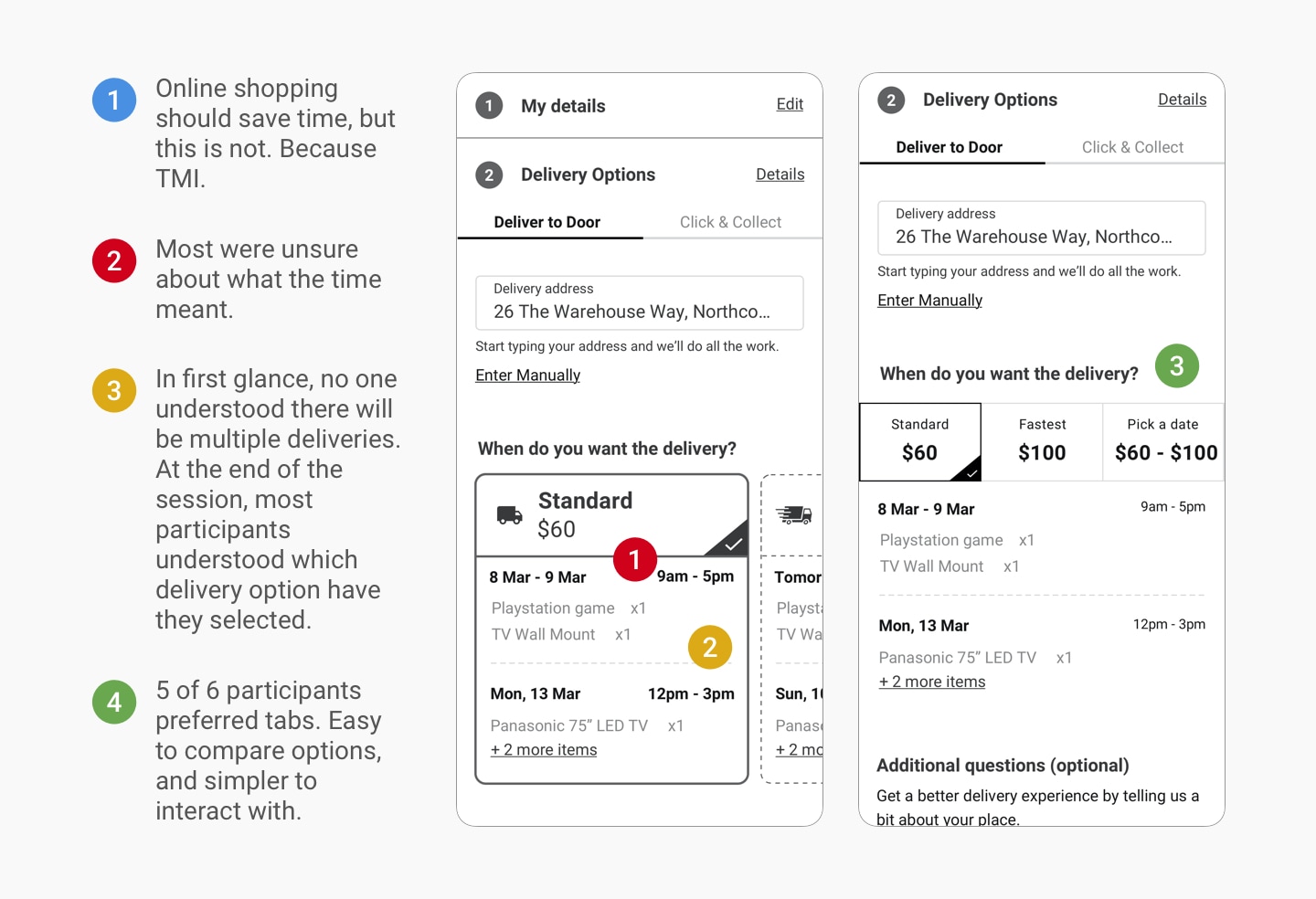
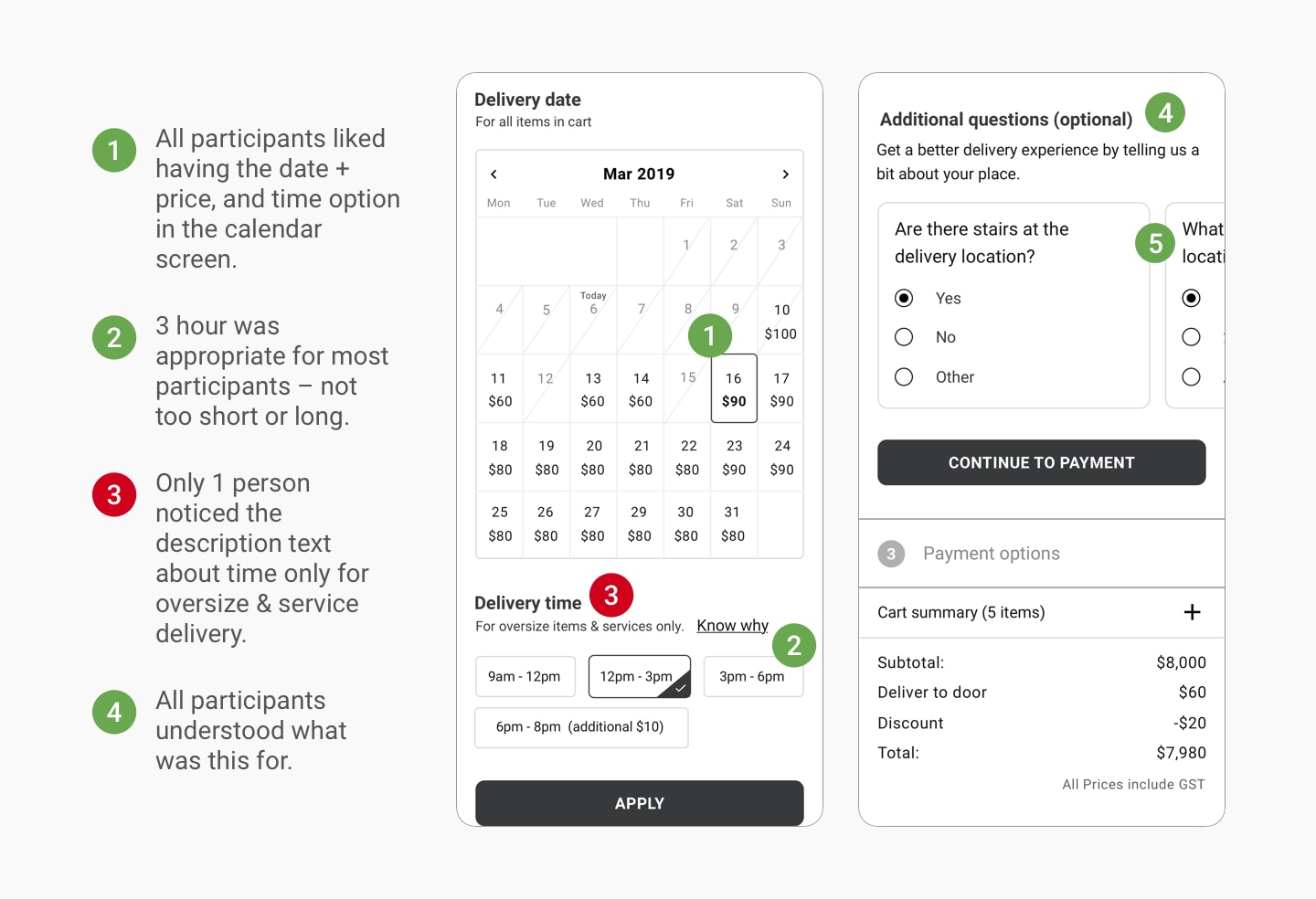
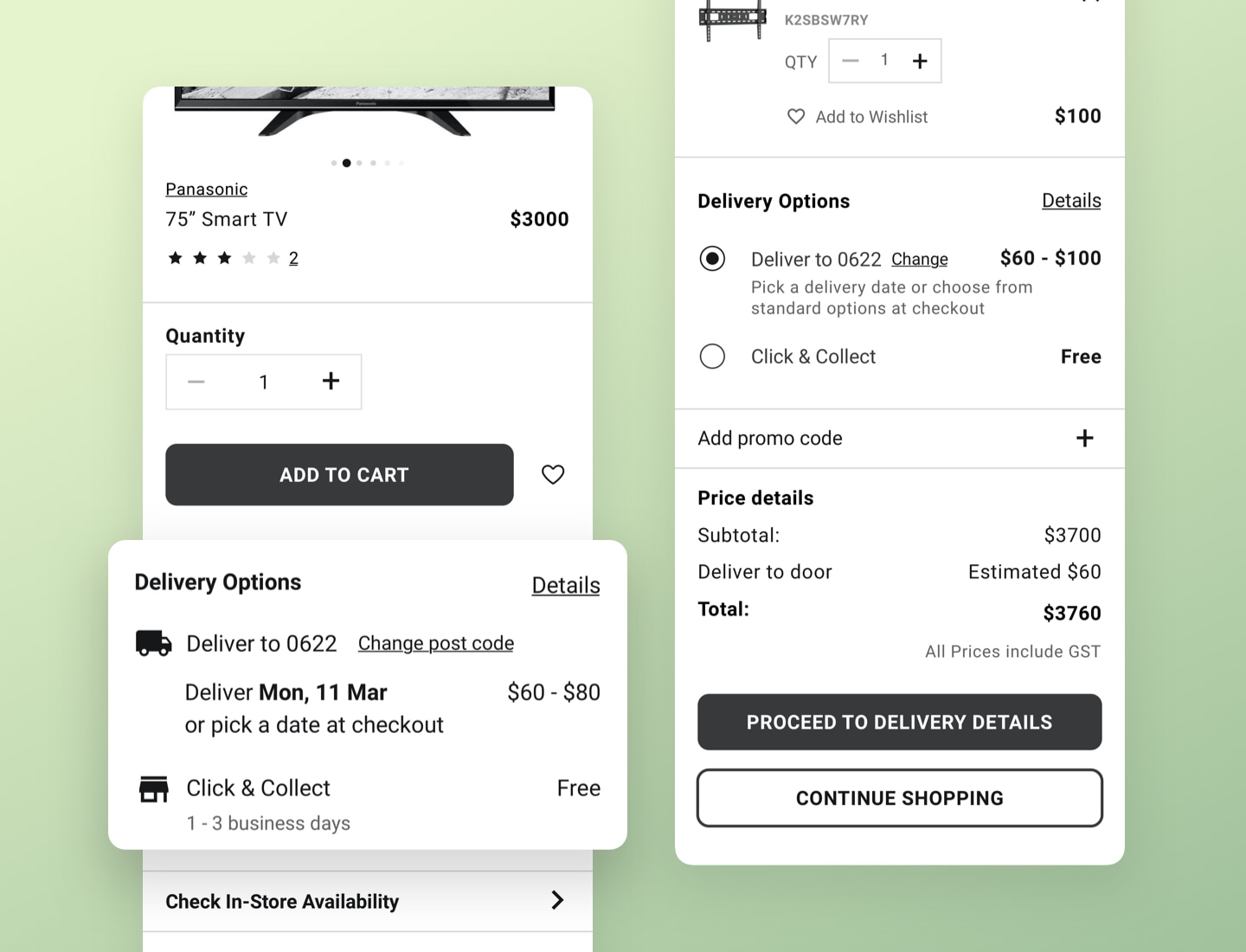
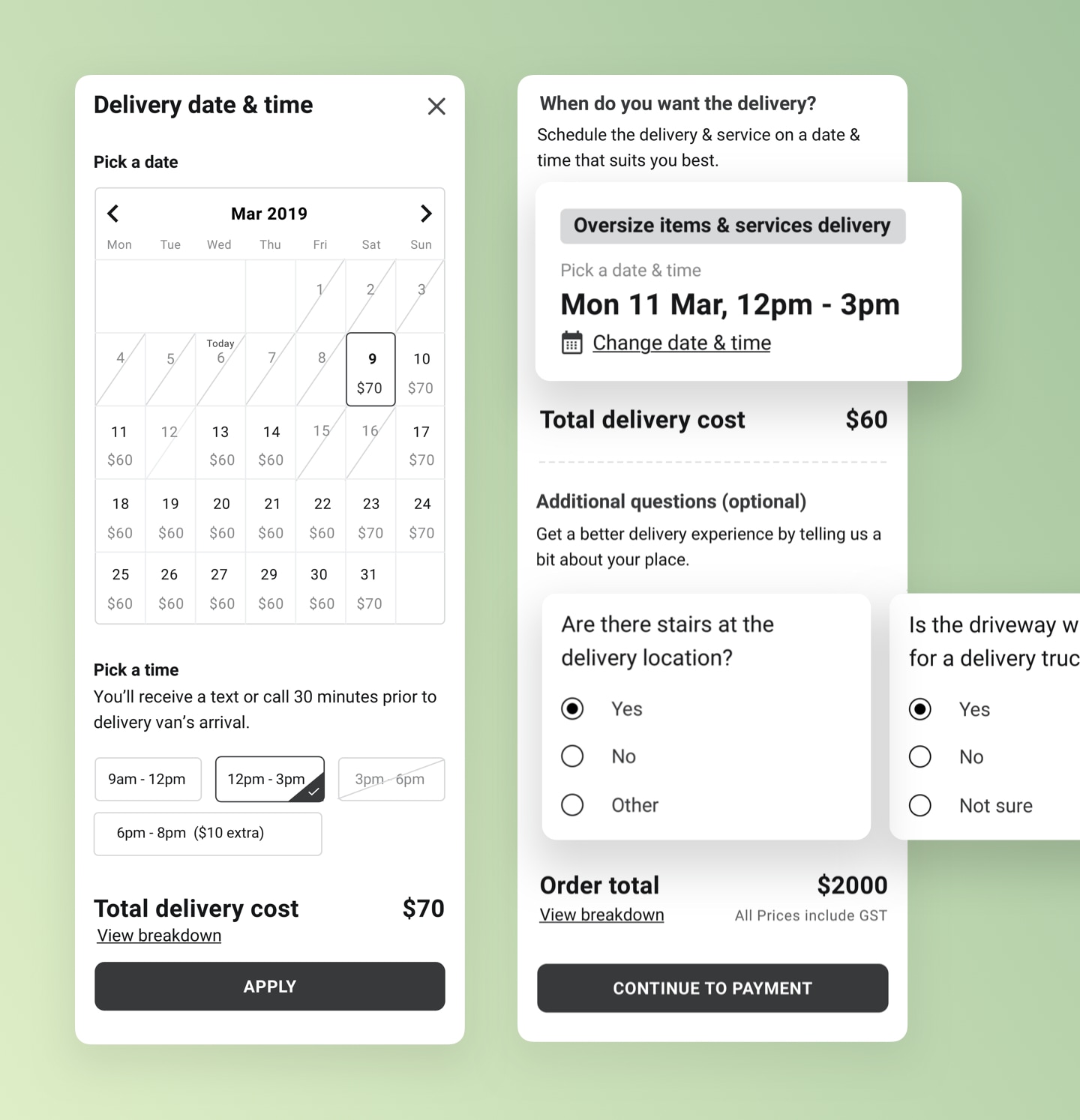
We planned to trial the new delivery options on one of the group brands to start with, and subsequently, roll out to the rest of TWG brands. This project was an excellent opportunity for me to learn and build service design practice at TWG. I was grateful to receive positive feedback from the team, the business stakeholders and the senior leaders – mentioning the impact of the collaborative and design thinking led way of working on the digital transformation strategy.